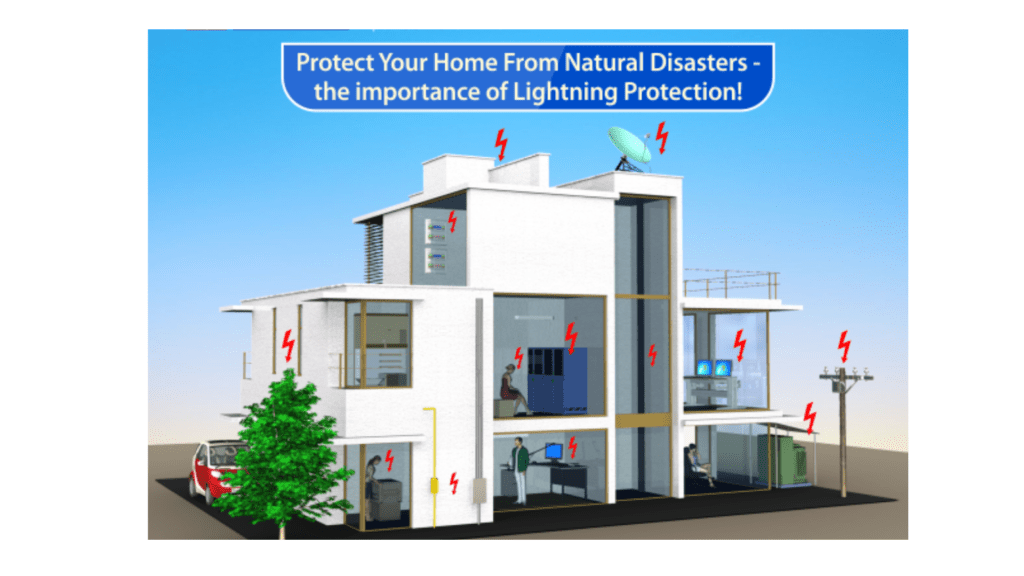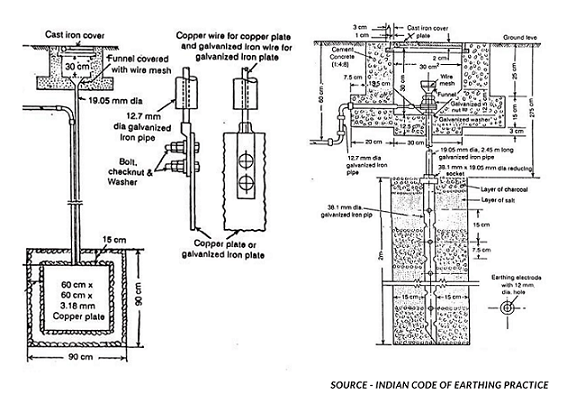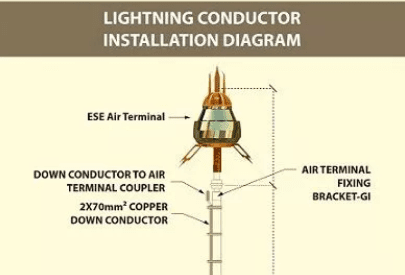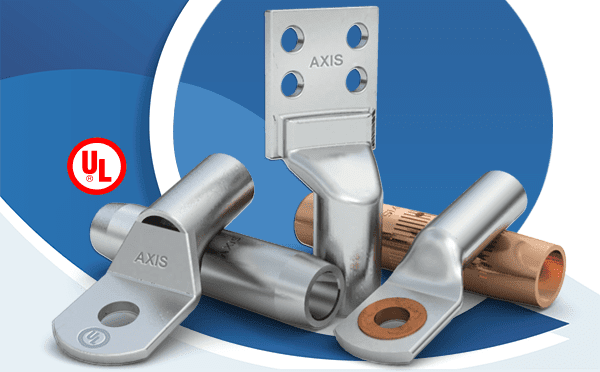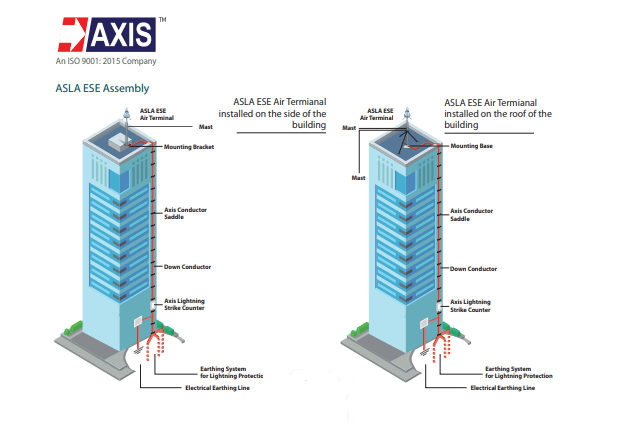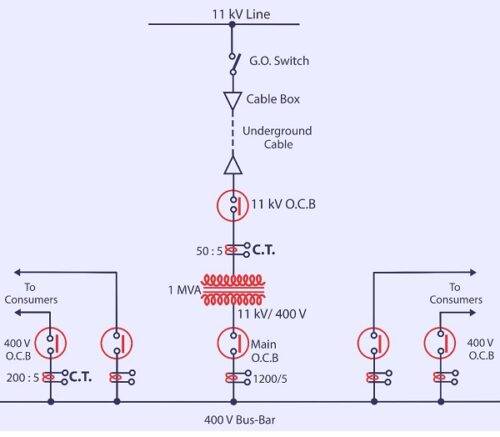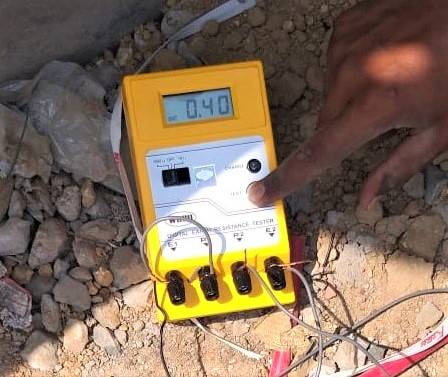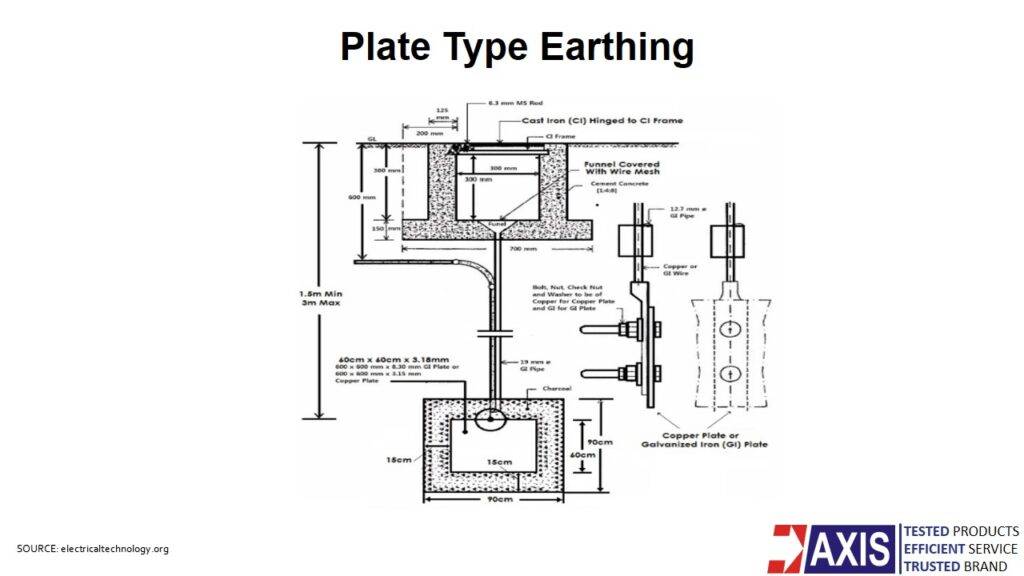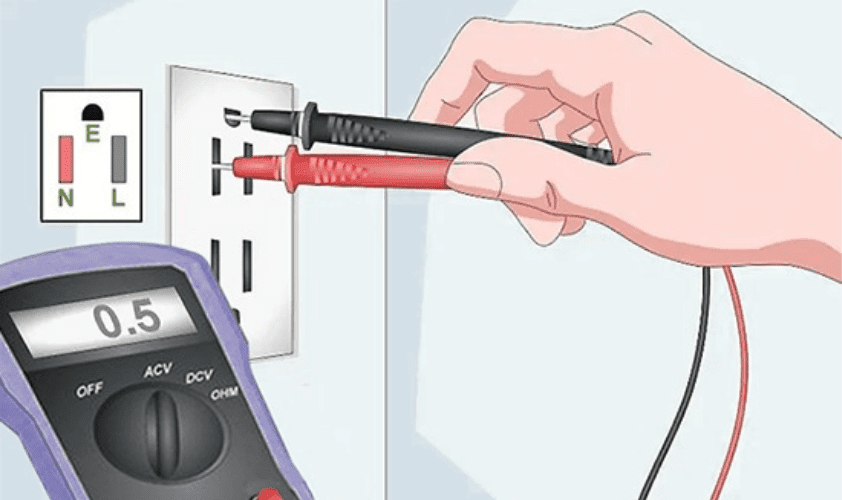How to install lightning arrester on building?
Lightning arrester rods, surge arresters, or lightning conductors are metal rods installed on a building for lightning protection. They protect structures or substations from the travelling waves of lightning and divert the abnormally high voltage to the ground. They are made from copper and brass alloy which are good conductors ...

